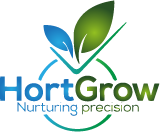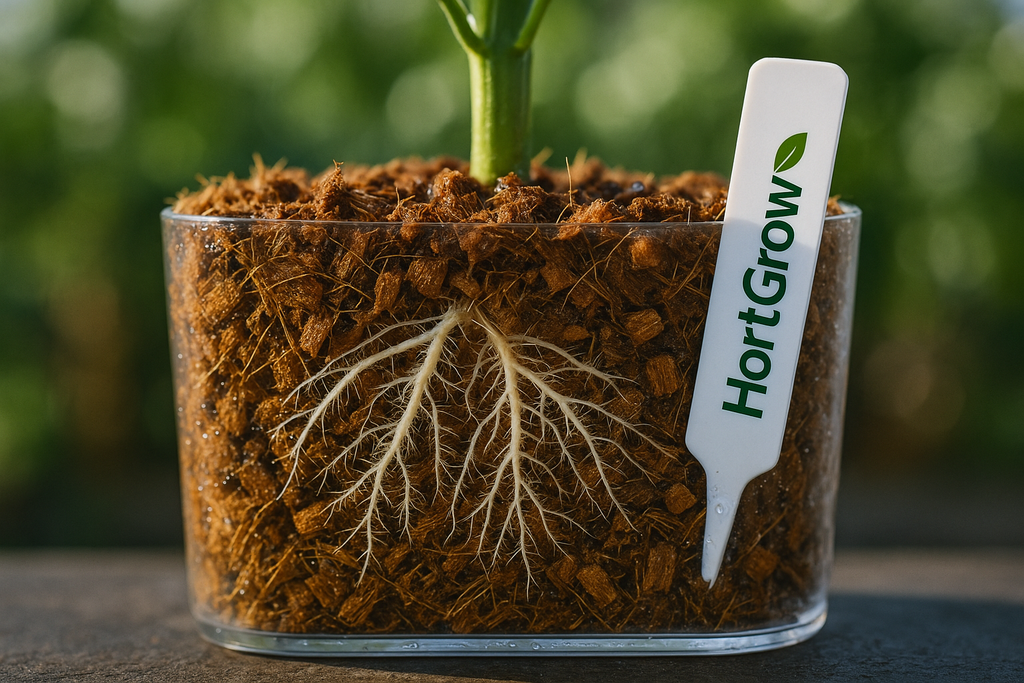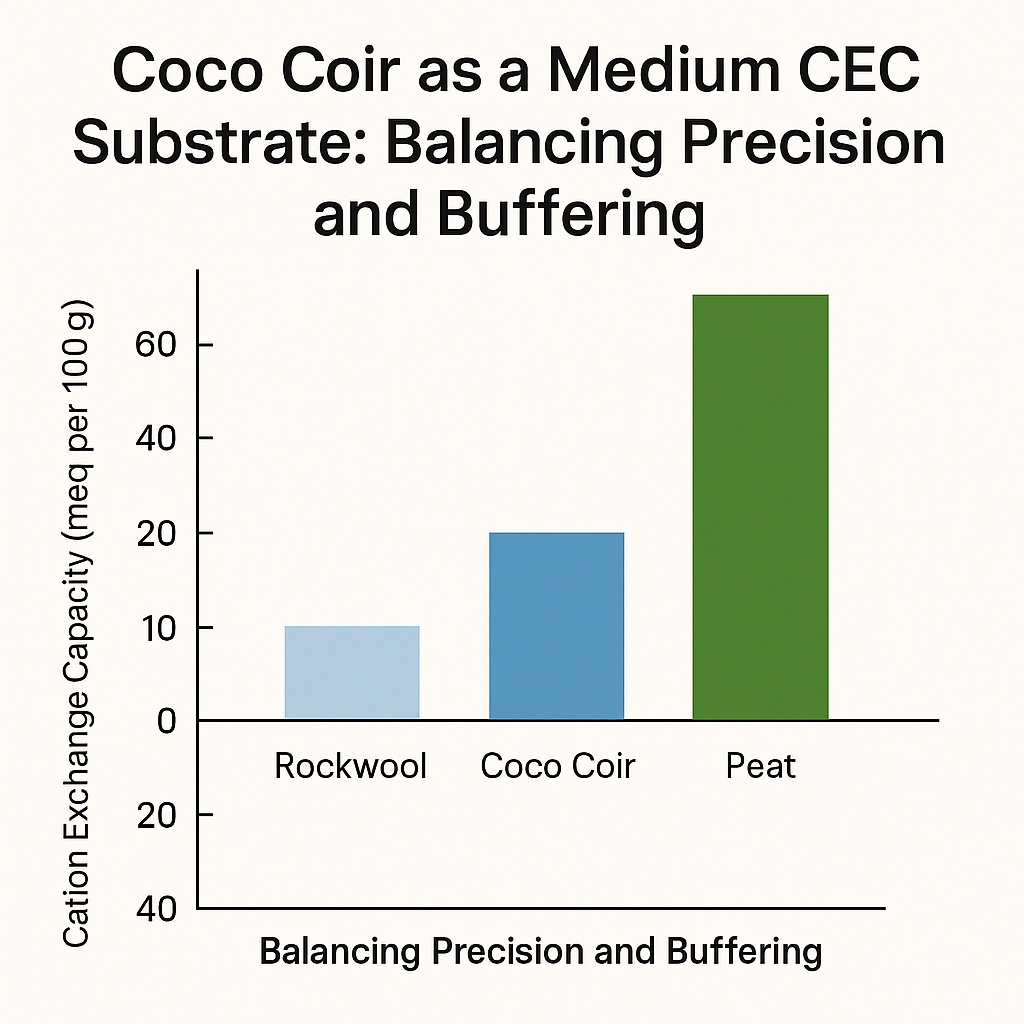Texture Matters: How HortGrow Coco Coir Optimizes Root Zone Performance
The physical structure of a substrate determines how water, air, and nutrients move through the root zone. In controlled environment horticulture, this comes down to texture. The balance of particle sizes and fibers that make up the medium dictates porosity, water holding capacity, oxygen availability, and how evenly irrigation is distributed.
Coco coir is naturally versatile, but its performance depends on how it is processed. Without attention to particle size distribution, a substrate may compact, channel, or dry unevenly. At HortGrow, we have engineered a precise texture that delivers consistent porosity, balanced water retention, and uniform irrigation response, eliminating the need for perlite.
Why Texture Defines Substrate Performance
Texture is the driver of water and air movement in the root zone.
-
Excess fines smaller than 0.5 mm fill pore spaces and create compaction. This reduces oxygen availability, increases water saturation, and makes drybacks unpredictable.
-
Oversized husk chips create large voids that drain too quickly. These voids interrupt horizontal movement of water, causing channeling and uneven wetting.
-
Balanced particle sizes provide both macropores for drainage and micropores for water retention, supporting stable porosity and consistent irrigation response.
Studies confirm that mixes dominated by fines reduce aeration and root health, while blends dominated by oversized chips require corrective amendments such as perlite. Neither extreme provides growers with the stability needed for crop steering or uniform fertigation.
The HortGrow Approach to Texture
HortGrow has refined coir into a particle size profile that optimizes both physical and functional properties:
-
Sieving out fines smaller than 0.5 mm
Removes dust and small particles that clog pores and limit oxygen availability. This step prevents compaction and improves aeration. -
Chopping large husk chips into uniform size
Ensures consistent drainage and structural stability. This creates air space while maintaining adequate water retention, without relying on perlite. -
Adding ten percent baby fibers
Provides a horizontal wicking effect that distributes water evenly through the substrate. This prevents channeling and promotes uniform root development.
The result is a substrate that combines strong drainage, balanced water holding, and excellent moisture distribution in one complete package.
Impacts on Irrigation and Crop Steering
Growers rely on predictable substrate behavior to implement fertigation strategies and steer crops between vegetative and generative growth phases. Texture is central to this process:
-
Consistent drybacks allow steering targets to be achieved with confidence.
-
Even moisture distribution prevents localized stress or nutrient accumulation.
-
Stable porosity maintains oxygen supply during high frequency irrigation.
-
Reliable horizontal wicking improves uniformity across the crop stand.
HortGrow coco provides the physical foundation for uniform irrigation response and precise crop management, reducing risk and improving consistency across production cycles.
Conclusion
Texture defines how a substrate performs in practice. By removing fines smaller than 0.5 mm, resizing husk chips for uniformity, and incorporating a controlled fraction of baby fibers, HortGrow has created a coir profile with balanced porosity, strong wicking, and predictable dryback. This design eliminates the need for perlite and provides growers with a stable platform for fertigation and crop steering.
HortGrow coco is engineered for consistency from the start, ensuring a root zone environment that supports both plant health and production efficiency.





